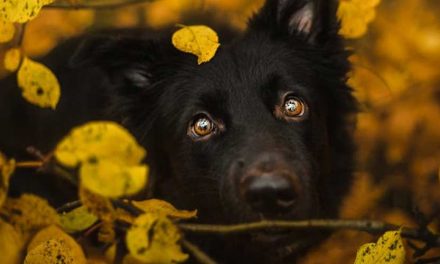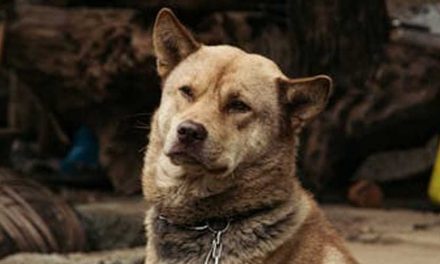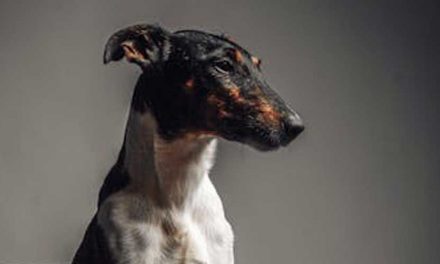Dogs have been our companions for thousands of years, and their story is one of extraordinary evolution and adaptation.
From their ancestors roaming the wild to the diverse breeds we see today, the transformation of canines has been shaped by both natural and human forces.
Origins of Canines
The journey begins around 20,000 to 40,000 years ago when wolves were among the first domesticated animals.
Genetic evidence suggests that modern dogs (Canis lupus familiaris) are direct descendants of the gray wolf (Canis lupus).
Early humans likely began to form a bond with these wild animals, with wolves scavenging near human settlements, leading to a mutually beneficial relationship.
Over time, the wolves that were less fearful and more social were favored, eventually leading to domestication.
The Impact of Agriculture
The advent of agriculture approximately 10,000 years ago marked a significant turning point in canine evolution.
As humans settled and formed communities, the roles of dogs began to diversify.
Some dogs were bred for specific purposes—herding livestock, guarding property, and aiding in hunting.
This specialization spurred the development of various traits and characteristics, leading to distinct types of dogs.
Selective Breeding
Throughout history, selective breeding has played a crucial role in the evolution of canine breeds.
In ancient Egypt, dogs were revered and bred for appearance, while in medieval Europe, noble families tailored breeds for hunting and companionship.
The rise of dog shows and kennel clubs in the 19th century formalized the breeding process, leading to a surge of recognized breeds.
This period saw the emergence of purebred dogs, each with distinct lineage and traits, from the agile Greyhound to the sturdy Mastiff.
The Role of Environment
Environmental factors also influenced the evolution of dog breeds.
For example, the harsh climates and distinct terrains of different regions led to the development of breeds suited for specific purposes.
The Siberian Husky, with its thick fur and endurance, was bred for sledding in freezing temperatures, while the Basenji, native to Africa, was cultivated for hunting in dense jungles.
Modern Developments
In recent years, the scientific understanding of genetics has further influenced the evolution of canine breeds.
Genetic testing has allowed breeders to make informed decisions to enhance desirable traits and minimize hereditary health issues.
Moreover, the trend of crossbreeding has gained popularity, leading to “designer dogs” such as the Labradoodle, which combines traits of the Labrador Retriever and the Poodle.
The Future of Canine Breeds
As society’s needs change, so too will the breeds of dogs.
Urbanization has resulted in an increased demand for smaller, more adaptable breeds that fit into modern living environments.
Additionally, the focus on dog welfare, health, and temperament has sparked discussions about ethical breeding practices and the importance of genetic diversity within breeds.
Conclusion
The evolution of canine breeds is a fascinating journey marked by human influence, environmental adaptation, and the natural characteristics of dogs.
From their wild origins to the companionship we know today, dogs continue to evolve alongside us, reflecting both the changing needs of society and the enduring bond that has existed between humans and canines for millennia.
As we look to the future, the story of dogs will undoubtedly continue to unfold, shaped by our shared experiences and the enduring spirit of these remarkable animals.









